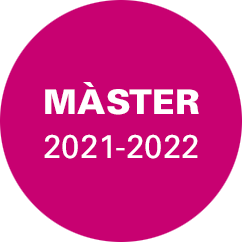
During the Spanish Civil War (1936-1939), a voluntary unit was created in Saragossa, which was mainly Catalan and fought alongside the Francoist army: El Terç de Requetès de Nuestra Señora de Montserrat.
Despite being part of the winning side, the trend towards homogenization that dominated the historiography of Franco during the postwar period and the dictatorship (and democracy afterwards), has condemned this oblivion to this specificity. Only his own drive, established in Brotherhood, has saved and kept alive this story.
GOAL
Seventy years after the events that took place, in those almost three years of civil war, we face a sociological and organizational study of this Catalan Third. In spite of this clear chronological-temporal and socio-political dimension, we thought it necessary to include some precedents that would place the phenomenon, as well as collect what was left of the unit immediately after the dissolution of the National Militias.
MATERIAL AND METHOD
Our work is an attempt to recover part of its memory. The methodology followed includes two aspects. The first is a qualitative approach, based on testimonies and memories in a preferential way, contrasted with documents of great interest in recent history, such as those given by the Royal Carlist Bourbon Parma family to the AHN (National Historical Archive) or Own, generated and compiled by GE-TRM (Germandat del Terç de Requetès of Our Lady of Montserrat) located in two small museums-archives (Villalba dels Arcs / Cripta de Montserrat). The second is a quantitative approach to the composition of TRM men in different aspects. This approach continues what has already begun one of the components of the TRM, Mr. Joan Abelló. We extend the number of individuals thanks to the data from the Villalba dels Arcs archive, based on two sources: first a set of 114 TRM excerpts that were created afterwards (from which we have not been able to know the cause of origin) and second, the data of the Machine Tool section, with a total of 136 individuals. We have therefore obtained a total of data referring to 559 components of the TRM since, in the aforementioned, we add those of the 319 deaths, obtained from the study of Mr. Joan Abelló (originated from the documentation preserved in the Cripta de Montserrat).
We have discussed the subject extensively, with the intention of knowing who were the men who, when the war broke out, opted more or less voluntarily to exile (via the border) or desert (via front) and enter be part of the Catalan carlina unit.




